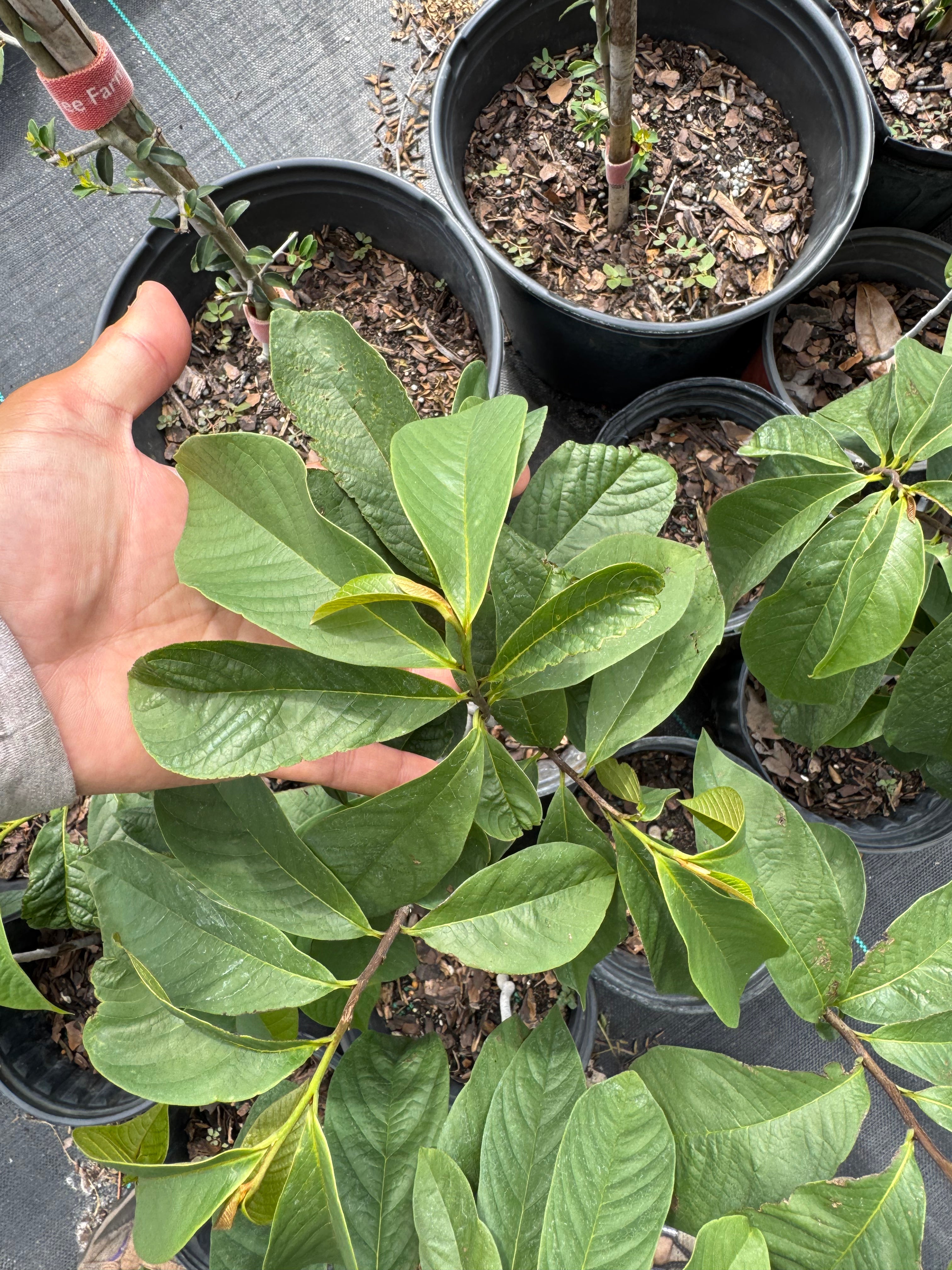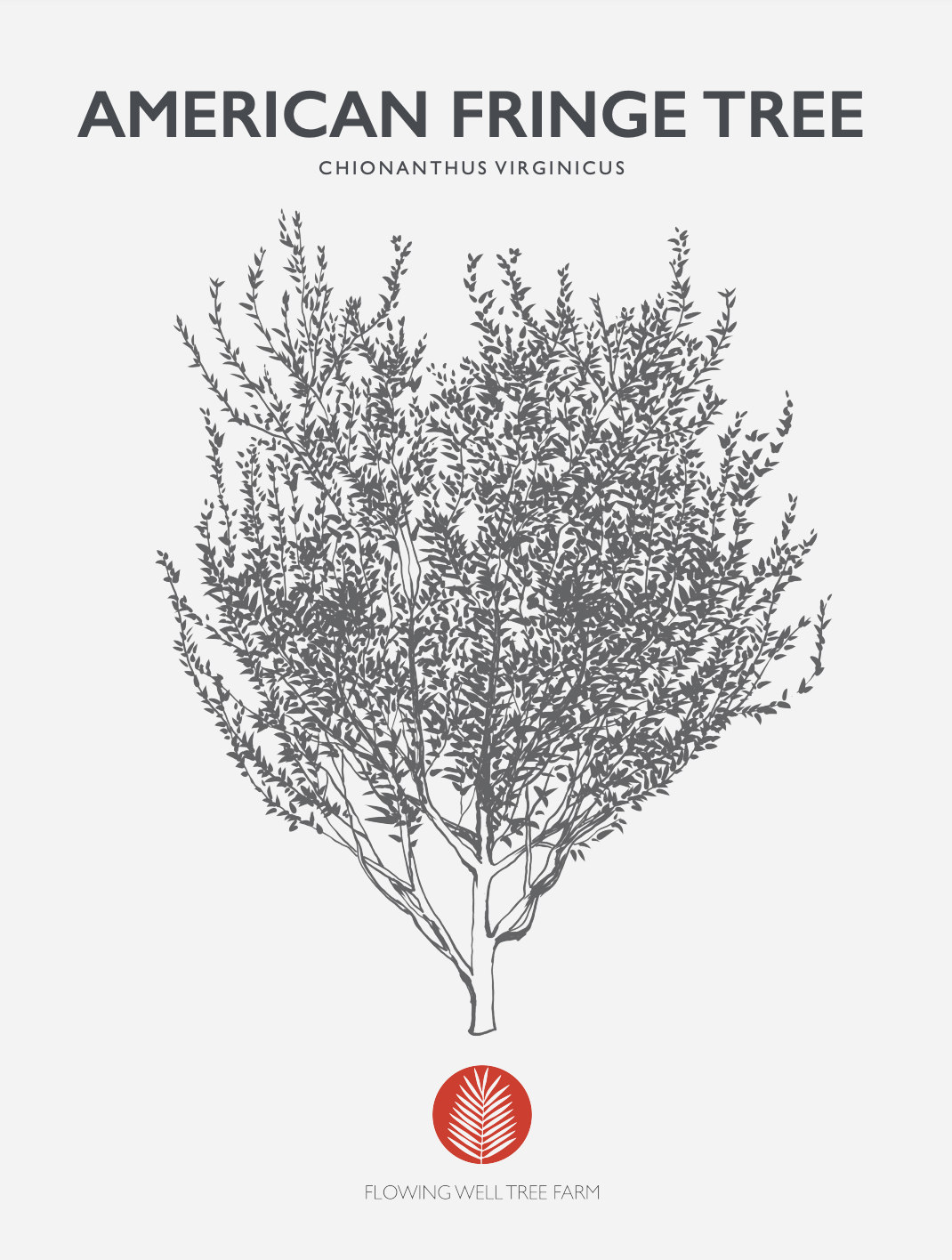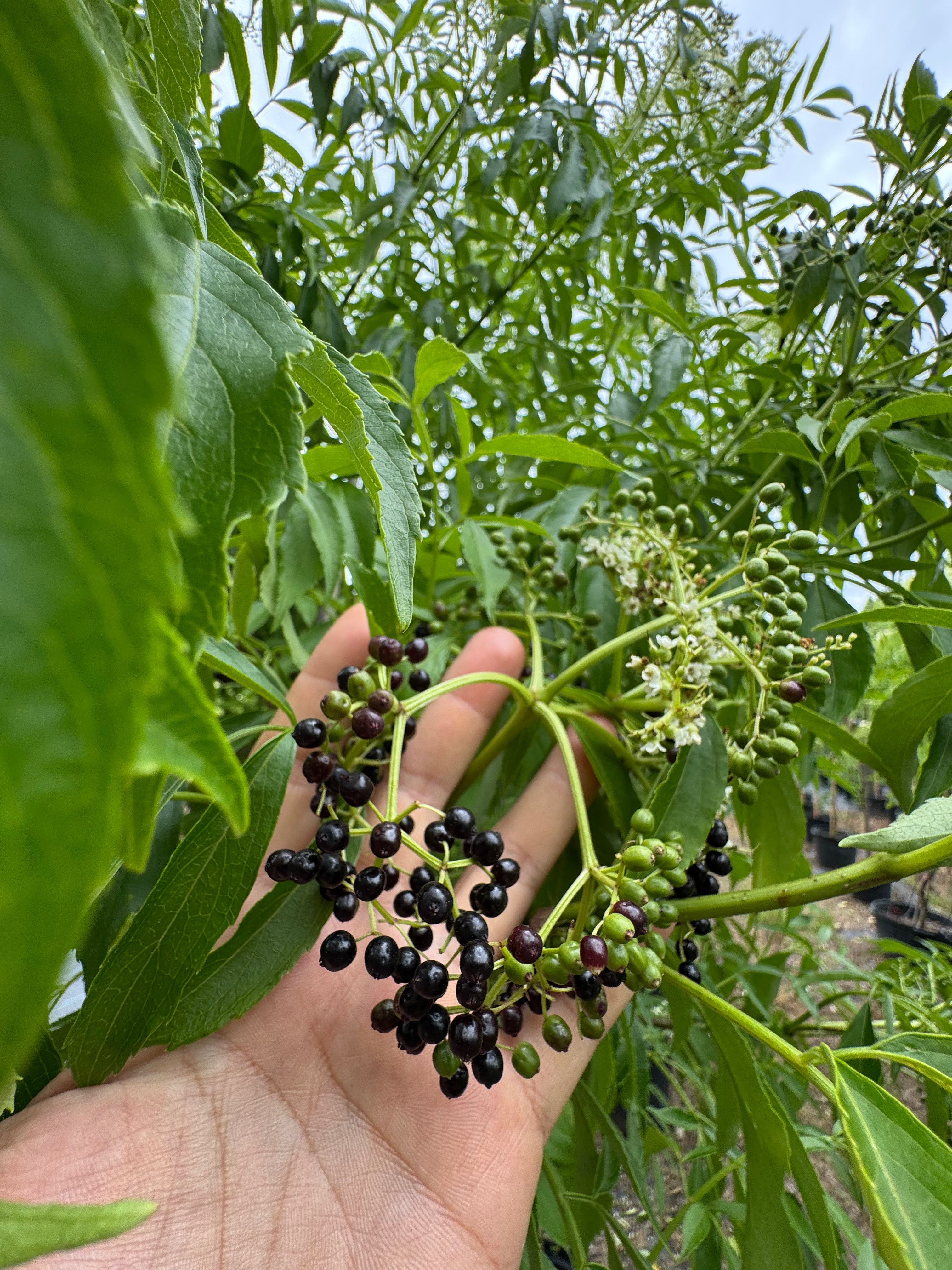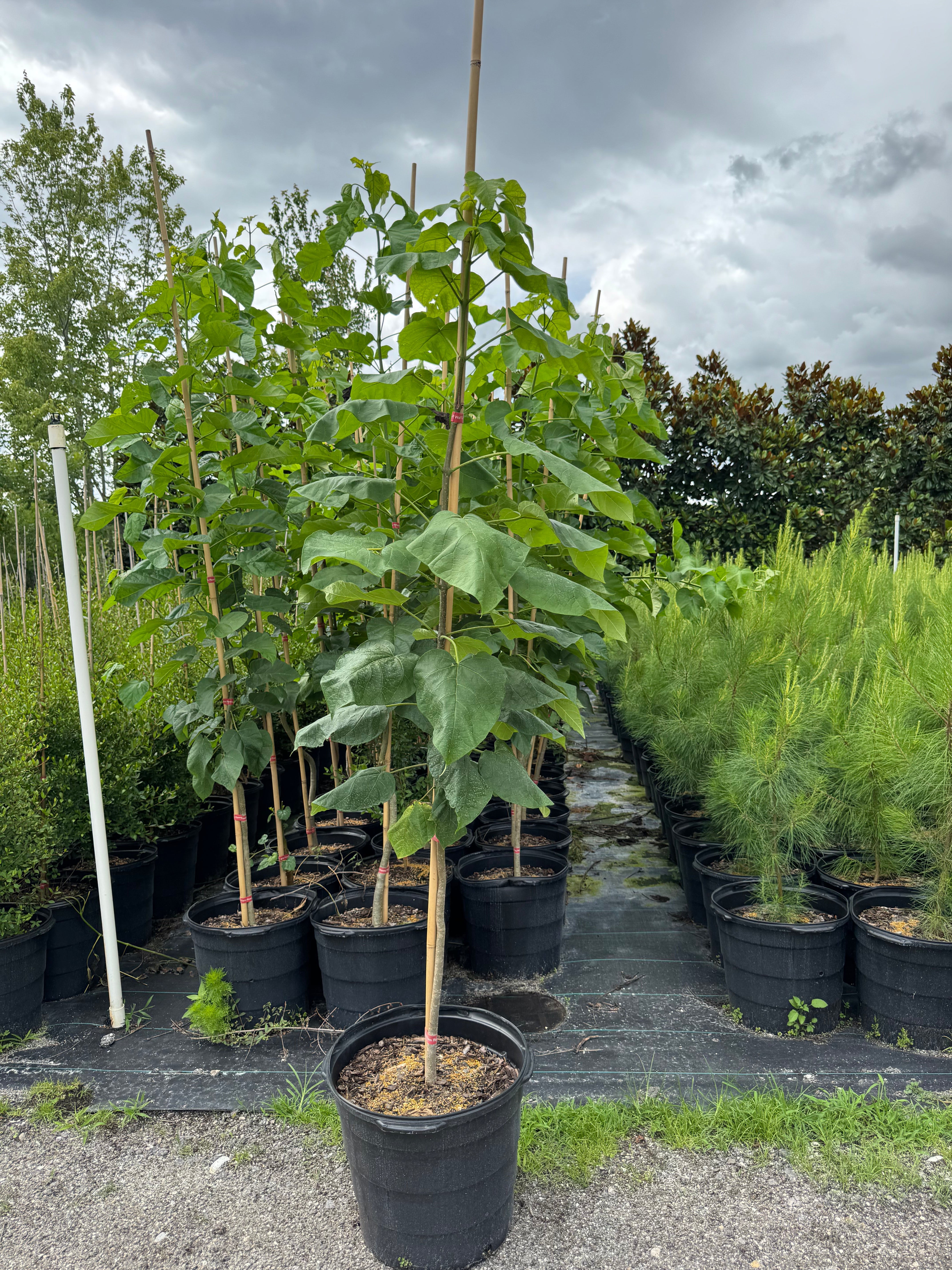Native Southern Fruits: Why You Should Grow Pawpaw and Mayhaw Trees
By Andrew Norouzian
Jun 26, 2025
Looking to grow something truly unique, delicious, and native to the Southeastern United States? Pawpaw and Mayhaw trees are two lesser-known fruiting trees that deserve a spot in every edible or native landscape. At Flowing Well Tree Farm, we specialize in trees that are not only beautiful but also rooted in Southern tradition—and these two are packed with history, flavor, and ecological value.
Pawpaw Tree (Asimina triloba): America’s Tropical-Tasting Native Fruit
Often called the “custard apple” or “hillbilly banana,” the pawpaw is North America’s largest native fruit. Its flavor is a rich blend of mango, banana, and melon, and its soft, yellow flesh makes it excellent for fresh eating, smoothies, and desserts.
Why plant pawpaw trees?
• Native & low-maintenance: Naturally grows in shady, moist areas across the Southeast
• Unique taste: Tropical-like flavor, unlike any other fruit native to the U.S.
• Attracts wildlife: Host plant for the zebra swallowtail butterfly and a magnet for pollinators
• Tolerates part-shade: Perfect for woodland edges or understory planting
Growing notes:
• Pawpaws need at least two trees for pollination and fruiting.
• They prefer well-drained but moist soil and partial shade, especially when young.
• Trees begin producing fruit in 4–6 years, with fruit ripening in late summer.
Size at maturity: 15–25 ft tall
Zones: 5–9
Best for: Native edible landscapes, wildlife gardens, food forests
Mayhaw Tree (Crataegus opaca): Southern Jelly Favorite
The Mayhaw is a native hawthorn that produces small, red fruits in late spring (usually May), traditionally used in the South to make the famous Mayhaw jelly. This fruiting tree thrives in moist areas and can tolerate flooding—making it ideal for low-lying or poorly drained spots.
Why plant mayhaw trees?
• Highly adapted to the South: Grows naturally in wet, swampy areas across Florida, Georgia, Alabama, and Louisiana
• Reliable fruit producer: With beautiful white blooms in spring and bright red fruit
• Loved for jelly-making: Tangy-sweet flavor is a Southern delicacy
• Pollinator-friendly: Spring blossoms attract bees and butterflies
Growing notes:
• Plant two or more trees for best fruit production.
• Tolerates a wide range of soils but prefers moist, slightly acidic conditions.
• Fruits ripen in late spring to early summer, depending on your zone.
Size at maturity: 15–25 ft tall
Zones: 6–9
Best for: Lowland planting, edible landscapes, traditional Southern homesteads
Why Choose Native Edible Trees?
Pawpaw and Mayhaw trees are perfect for homeowners, hobby farmers, and conservation-minded landscapers. These trees:
• Require fewer inputs than exotic fruit trees
• Support local wildlife and biodiversity
• Offer delicious, hard-to-find fruits you can’t get in stores
• Add a unique story to your yard or garden
Ready to Plant Pawpaw or Mayhaw?
At Flowing Well Tree Farm, we grow high-quality, 3-100gallon Pawpaw and Mayhaw trees that are well-adapted to Central Florida and surrounding regions. Whether you’re looking to add edible natives to your yard or start your own jelly-making tradition, we can help you get started.
Contact us to check availability, ask planting questions, or schedule delivery.





